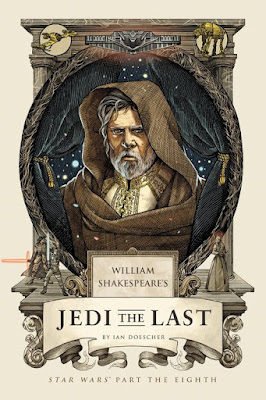Music Album Review: 'Titanic: Music from the Motion Picture
As a fan of classical-styled film scores, I've developed an affinity for the works of various composers who work mostly in this genre. Topmost among these artists is, of course, John Williams, but as moviegoers and music lovers know, there are other composers who enhance the moving images we see on those theater screens with their compositions. I first became aware of the late James Horner when Star Trek II: The Wrath of Kha n premiered in June of 1982. Director Nicholas Meyer, anxious to give his entry in the Star Trek franchise its own identity apart from the less-than-acclaimed first motion picture, commissioned the young Horner to write a score that evoked the nautical traditions Meyer wanted to infuse into his vision of Starfleet and the starship Enterprise . He asked for, and got, music that calls to mind seagoing sailing frigates and the age of Horatio Hornblower, albeit with a 23rd Century backdrop of dueling starships. Considering Horner's penchant for composing sco





